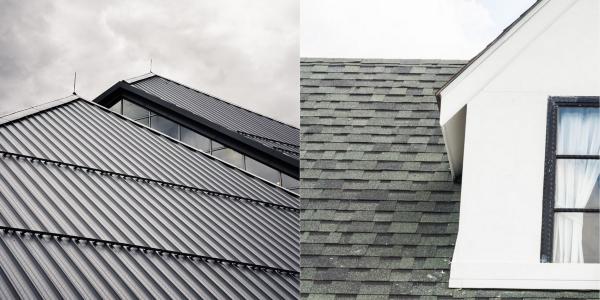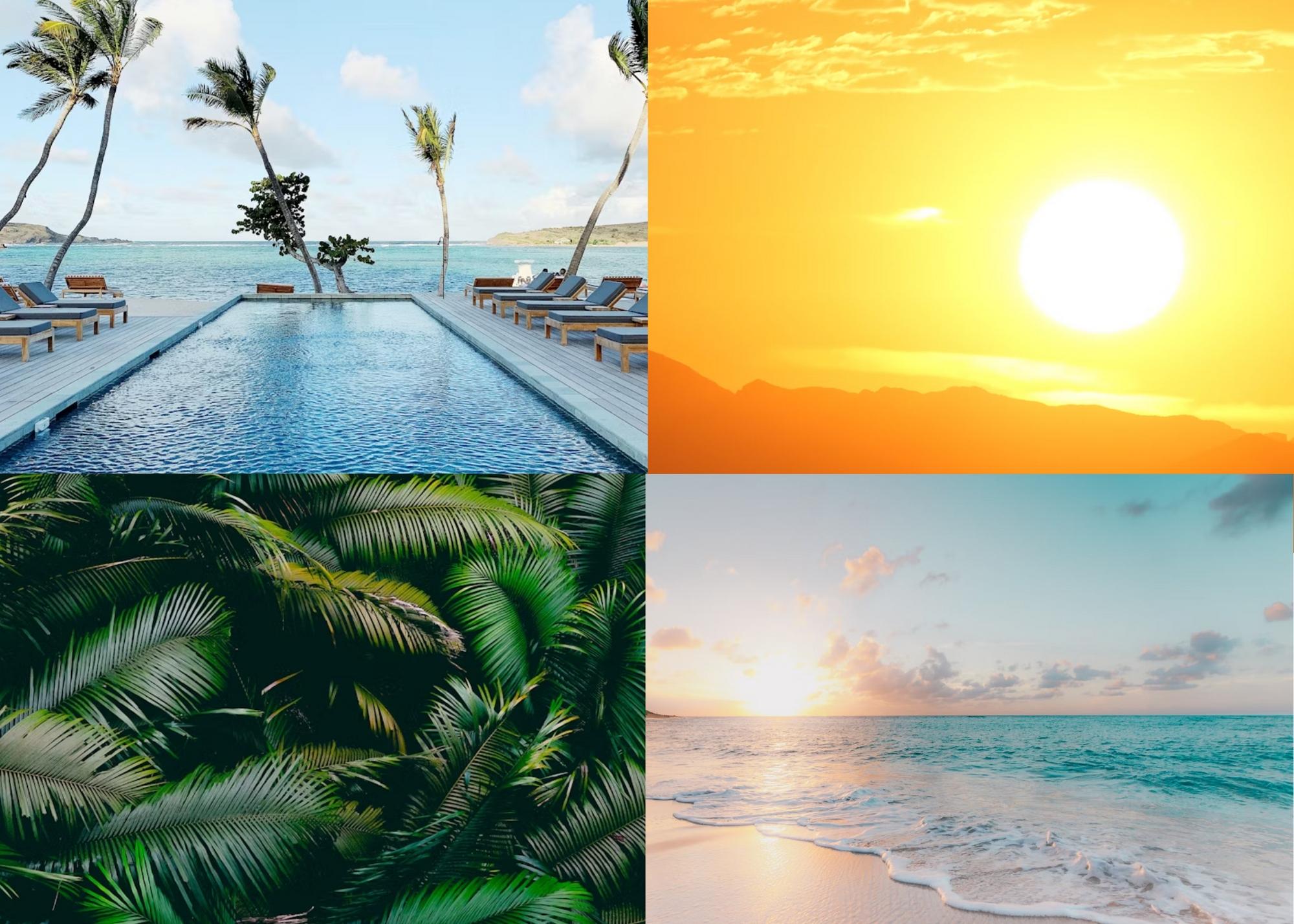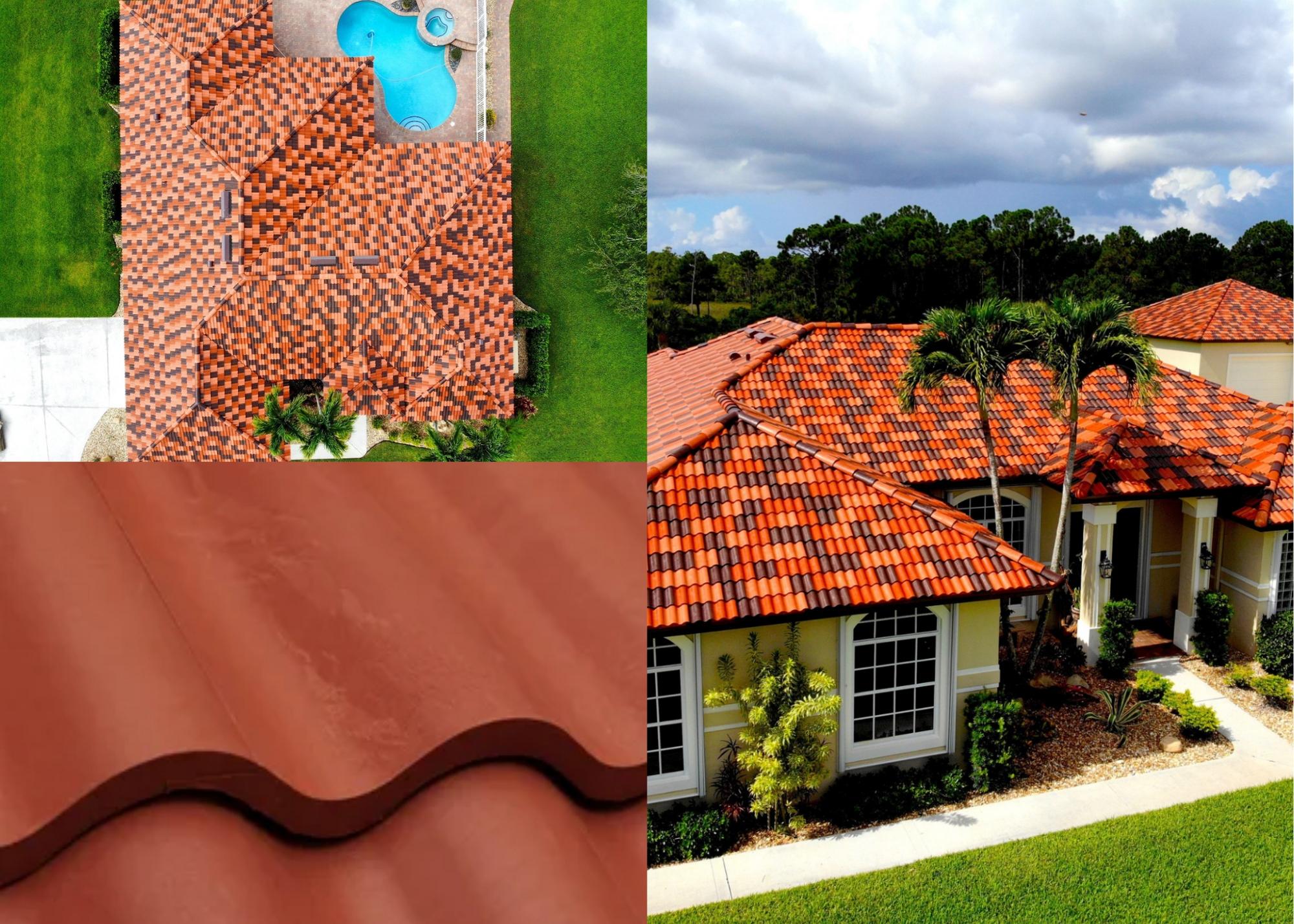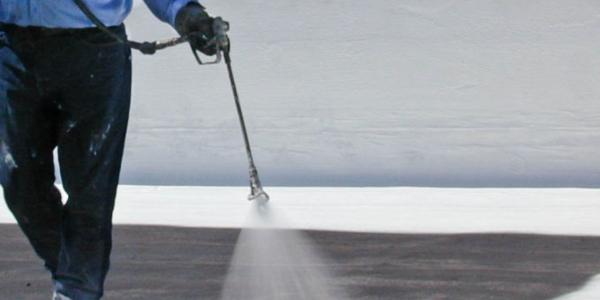Feeling the heat?

By Brava Roof Tile.
Choosing the right roofing material is more than just aesthetics.
When temperatures soar and the sun beats down relentlessly, your choice of roofing material can make all the difference. Discover the essentials of what makes a roof suitable for hot climates and discover why not all roofs are created equal with us here at Brava Roof Tile.
Hot climates and roofing needs
Before you can debate the merits between a metal roof vs shingles in hot climate areas, you need to understand what a hot climate is and what to look for in roofing materials.

A hot climate is a region that experiences prolonged periods of high heat and other severe weather events, like thunderstorms.
When roofing materials are exposed to this climate, they can degrade quickly under the sun's intense heat. Therefore, hot climate roofing materials should be:
- Durable: The roof should be able to withstand the sun's heat and UV rays with minimal damage and tropical storms.
- Energy-efficient: The material should have higher solar reflectance and thermal emittance properties.
- A light color: Light colors better reflect the sun's heat, helping to keep homes cooler.
Metal roofing
Metal roofing refers to any roofing material made of metal, which can come in various colors of panels, sheets, and tiles. Most metal roofs are made out of steel or aluminum, though some other options include copper and galvanized steel.
Initially, metal roofs were for farms and industrial buildings, but homeowners began opting for metal roofs after discovering their benefits.
Benefits of metal roofing in hot climates
There are several benefits of using metal roofs in hot climates. To name a few:
Energy efficiency
Metal is an energy-efficient material that reflects heat and keeps your home cooler, which also means you can save money on your utility bills.
Durability
It is also a fairly durable material that can withstand wind, rain and extreme temperatures, though hail and debris can leave dent marks. When installed correctly, you'll have a roof for 50 years or more, with little maintenance required, as metal does not rot, warp or have a risk of pest infestations.
Sustainability
Metal is also environmentally friendly and often made from recycled materials. This means that, at the end of its lifespan, you can recycle it again.
Negatives of metal roofing
Although there are some benefits to using a metal roofing, there a few disadvantages to consider:
Cost
On the downside, metal roofing isn't cheap and can cost more than asphalt shingles. The complex installation requirements of metal add to the cost, as you need an experienced professional to perform the task. Metal is also noisy; while some enjoy the sound of rain, others find it a nuisance.
Temperature
While metal roofs reflect heat and prevent it from reaching the building below, that doesn't mean they don't get hot. Unpainted metal roofs can reach up to 145ºF, but special heat-reflective paints can add to their reflectivity, making them feel around 42% cooler.
Asphalt shingles
Asphalt shingles are a common roofing material and are extremely popular throughout the United States. They are composed of multiple layers, including a base of either cellulose organic fibers or fiberglass, an asphalt coating, and a layer of ceramic or stone granules, and they come in various colors and styles.
Benefits of using asphalt shingles
The popularity of asphalt shingles is largely in part to two main benefits they hold. For example:
Affordability
Their popularity is, in part, largely due to their affordability; it is a budget-friendly option that is easy to install.
Color options
Most of the time, asphalt shingles have a lot of flexibility in terms of their design, coming in a variety of shades of color options.
Longevity
Unlike metal shingles, asphalt shingles have a much more limited lifespan, lasting anywhere from 20 to 30 years, though it could be less depending on the climate.
The negatives of asphalt shingles
Though there are a variety of benefits that come with asphalt shingles, there are two negatives to consider especially for hot climate areas:
Durability
Asphalt shingles are not as durable against weather, especially during tropical storms. As a result, homes and buildings with asphalt shingles tend to need roof repairs much more often than those with more durable materials.
Temperature
Because of their composition, asphalt roofs also tend to absorb and retain heat. This then causes them to increase the external temperature of the house and the indoor temperature. The result: high energy bills.
A different option to build your roof with

While metal roofs come out on top in the debate of a metal roof vs shingles in a hot climate, that doesn't mean you should jump and get a metal roof. There is another option to consider, one that’s even better: Brava composite roof tiles.
Here are the benefits:
Versatility
Brava offers roofing products in three authentic varieties: cedar shakes, slate tiles and Spanish barrel tiles. Their patented multi-coloring process allows each tile to have a unique blend of colors that won't fade or bleach—while also giving each home a unique taste of style.
Extensive durability
Brava surpasses both metal roofs and asphalt shingles in terms of durability.
All their products have Class A and Class C fire ratings and Class 4 impact ratings. Not to mention, they can withstand winds up to 211 MPH when installed with screws, making them the perfect solution to combat tropical storms.
Cool roofing capabilities
Brava’s products can also withstand heat and thermal cycles without getting damaged or getting too hot. In fact, Brava's cedar shakes and barrel tiles offer "cool roof" color options, which reflect more light and heat so that they can be used in hot climate areas.
Sustainability
Brava's composite roof tiles are a sustainable product made from plastics that would normally end up in a landfill. Similar to metal roofing, at the end of a composite roof's long lifespan, they can be recycled again.
Build a roof to keep cool with brava roof tiles
Living in a hot climate means air conditioning is something you can't live without. Fortunately, you don’t only have to choose between a metal roof vs asphalt shingles in hot climate areas.
The best thing to do is find a more suitable material for hot climates—one like Brava roof tiles.
Original article source: Brava Roof Tile
Learn more about Brava Roof Tile in their Coffee Shop directory or visit www.bravarooftile.com.






















Comments
Leave a Reply
Have an account? Login to leave a comment!
Sign In